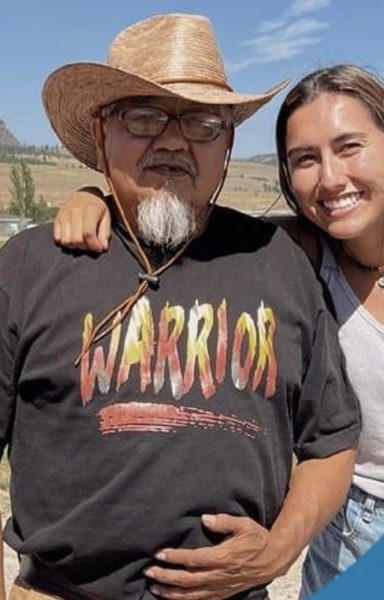A Case in the Life of a Professional Court Reporter
Kristin Garcia,
NOV. 7, 2016
Last month, the murder trial of Terrance Jon Irby landed in the Skagit County Courthouse. This was the third trial for Irby, and his first conviction. The previous two convictions in 2011 and 2013 had been overturned for various reasons. The most recent trial that included the conviction of Irby for the first degree murder of James Rock, was covered by Marilyn Napier who works for the Skagit Valley Herald.
Each reporter for the Skagit Valley Herald focuses on something different and Napier’s focus is on court cases in the cities of Burlington and La Conner. When asked if she has a special interest in court cases, Napier responded by saying, “Although court can get technical, it can be pretty interesting once you get the hang of it.”
And Napier definitely has the hang of it. She covered Irby’s case starting with the jury selection, and finishing with his conviction. As a court reporter, she attends court cases every week to choose the cases she is going to follow. She tries to write about cases that will be of public interest, and murder cases certainly fit that mold.
The preparation for a court case is actually more simple than one might assume.
“Court documents, court documents, court documents. Did I mention court documents?”
After charges have been filed against a person, those records become accessible to the public. According to Napier, all you have to do is, “ Go to the superior court clerk’s office where you are able to look up different cases and print out information.”
To do this though, you first need the case number. To find the case number, the reporter “…look(s) up the person’s name on the Skagit County jail roster online…”
The details found on these court documents are very important for a court reporter because they have all the background information on the case. The next plan of action is going to court.
Once a court reporter is present in court, it is important they are present every day of the trial. According to Napier, the most important days are “…the first and last day of trial. You need to hear opening and closing arguments and the jury’s deliberation.”
Especially in the case of a murder trial, it is in the best interest of the reporter to be present every day of the trial if they want to hear what the witnesses have to say. The accounts from the witnesses can add some extra excitement to a story. Irby’s case is made even more interesting because of the fact that he had chosen to represent himself in court. This is not a tactic usually used in the case of a criminal trial; it is more common to see this with smaller offences, for instance a traffic violation.
There are a few reasons as to why a defendant may choose to represent themselves in court. Some defendants are planning on pleading guilty and do not feel that hiring a lawyer would do them any good. People who defend themselves are not bound by the ethical codes that lawyers are bound to. Meaning that they are free to disrupt the system as much as they want. However, this is generally not a good idea as it has some potential for backfire. Being present during a trial gives a court reporter the opportunity for juicy case details that can spice up a story.
If a court reporter has been present during enough trials, they can begin to develop their own personal opinions as to how things should be different. For example, when Napier was asked her opinion of whether or not TV cameras should be allowed in the courtroom, she responded by saying, “I think there is a time and a place for cameras in the courtroom. I think it can be very distracting when there is a jury involved.”
Unfortunately for court reporters, they don’t have any say in this matter; they are present for the sole purpose of getting the story and releasing it to the public. Don’t let the seemingly simple description of the job fool you though. Being a court reporter is a very important job. How else would court information be published if not by a court reporter?









